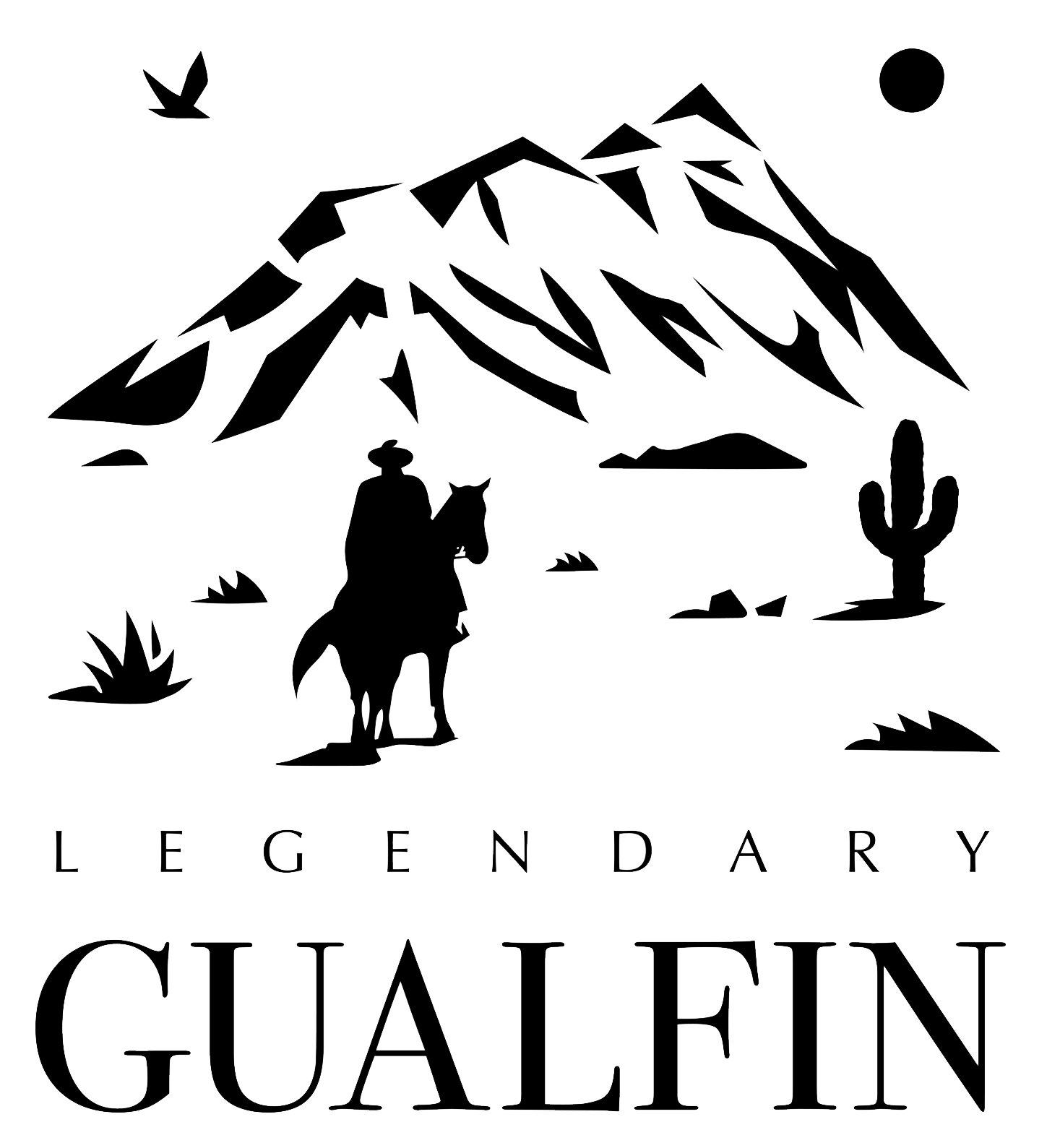The “Originario War” on Our Ranch Takes a New Turn
GUALFIN, Argentina – We folded a soft, thick, llama-wool blanket and laid it on the bottom sheet.
Then we put down the top sheet… along with a modern, spun-wool blanket… added a beige wool coverlet… another Arctic blanket on top of that… and still another blanket over the lot of them.
Just to be sure, we then spread a heavy, tightly woven llama-wool poncho over the bed.
And we kept our socks on. Then we crawled under the pile for a night’s sleep.
“Trouble… Lots of Trouble”
The temperature was falling to near-freezing when we arrived at the ranch last night.
The stars were bright; the sky was clear. Before the night was over, water – if there was any in the area – would start to freeze.
Gustavo, the ranch manager, and his wife, Gabriella… along with their boy, Augustin… came to greet us. Then they quickly made their way back to the warmth of their house.
Our house is unheated. So, we ate a chilly dinner, prepared by Marta, who comes down from the mountains when we visit.
Marta, wearing a ski hat and a winter coat, served us some meat with an egg on it. Then she gave us the lowdown – in telegraphic form – on what had happened since we were last here.
“Trouble… lots of trouble. The originarios [the local indigenous people claiming title to our ranch]. The police came several times. Samuel got into a couple fights. Now, I don’t know what’s going on.”
After brief enquiries – “How’s your family?” – we took our leave and quickly got under the covers.
In the night, we considered our situation…
“It’s Not Violent… Yet”
“It’s not violent up there. Not yet anyway.”
Our lawyer filled us in before we left the airport.
“Up in the north, property owners can’t even go onto their farms; it’s gotten so bad. It’s like a war.”
That’s why your editor is here… in the dead of winter.
“I had a meeting with the other owners in the area,” continued our representative.
“We’re trying to figure out the best way to handle this. Most of us think it’s best to remain calm… to keep talking to the government and to the originarios.
“We’re trying to keep it cordial. But your neighbor [about 45 minutes away] doesn’t want to talk. He is going to fight. He’s suing the originarios… the ‘Diaguita Community,’ which is what they are calling themselves… and the government, too.
“He says if anyone is an originario it should be him. He and his family have been there for hundreds of years. He’s a direct descendent of the Isasmendi family, which got the original Spanish land grant.”
“I guess it’s hard to remain cordial,” we replied, “with people who are trying to take away something that has been in the family for 300 years.
“Besides, he may be right. The government is not going to help us. They’re just going to try to get us to go along with a settlement that makes them look like heroes to the local people.
“And it won’t cost them anything. They’ll be giving away land – my land. They’re not going care about me. I’m a foreigner. I’m just one person. I don’t even vote here.”
Broken Bones
We will return to the “Originario War” tomorrow. We wrap up today with a brief look at the financial markets.
Investors had the weekend to think about Janet Yellen’s latest remarks.
When they got back to business on Monday, they decided – correctly – that they had nothing to fear from the Fed chief.
Whatever interest rates hike Yellen hinted at during her speech in Jackson Hole this week, it would be another insignificant fraction of a percentage point. Interest rates will eventually revert to more normal levels… but it won’t be on Ms. Yellen’s watch!
So, investors hitched up stock prices a bit, after letting them sag last week.
While the U.S. QE program is on hold, the European Central Bank has increased its purchases… and it is widely believed that Japan will announce a new, even more extravagant program soon.
If the U.S. were to raise rates, it would be like an anti-QE. But so long as the U.S. stays QE-neutral, other central banks continue to raise the net amount of money in the financial markets.
There is confusion about how QE actually works, but there is wide agreement on what it actually does: It drives down bond yields and pushes up asset prices.
The investor who might have been content to hold his retirement money in super safe Treasury bonds is deprived of income; he climbs higher on the risk ladder in order to pick a few cherries in the stock market.
This phenomenon will continue… until it stops.
Then investors will pick themselves up off the ground, feel around for broken bones, and wonder how they were suckered into climbing so dangerously high.
When that will happen is anyone’s guess…
Regards,
Bill
